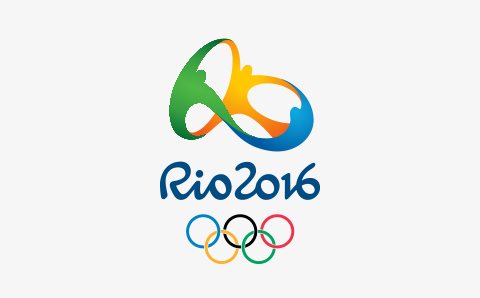
One of the biggest sporting events of the summer, the Olympic games is upon us and this year while we’re all getting excited about our favourite events and which country will take home the most medals. At Brandwave, we have been having a look at the ways in which fans and followers watch and interact with the games this year online.
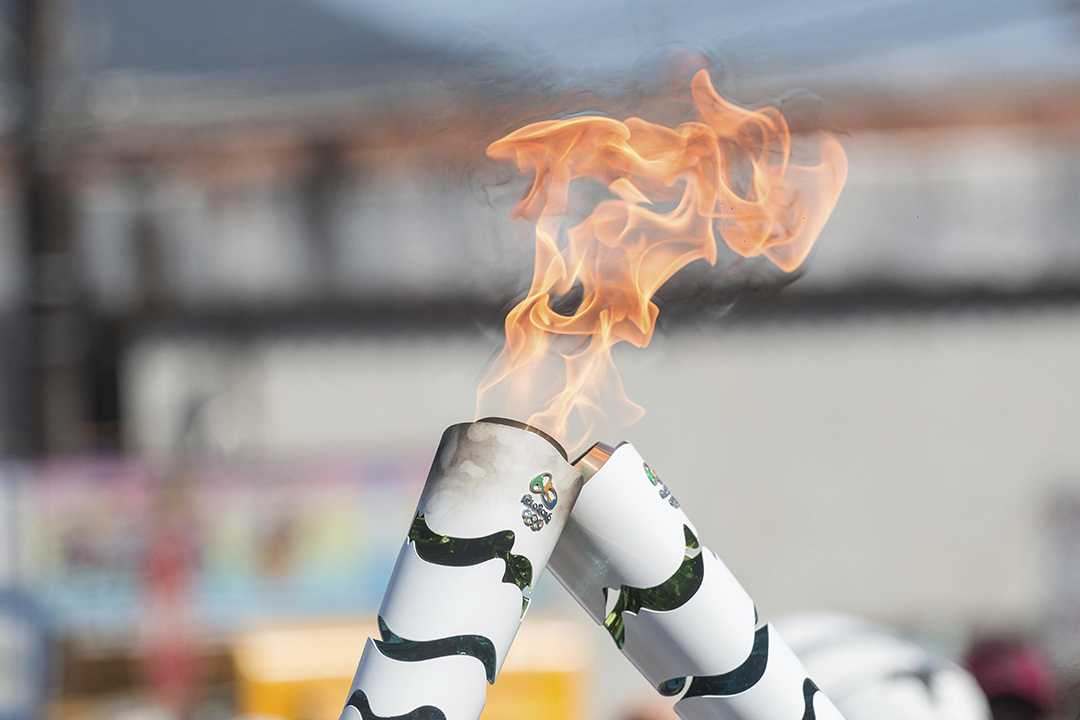
With Wimbledon recently signing a 3-year deal with Snapchat as their platform of choice for sharing real time content during the matches and the Brits having generated on average 7,770 tweets per minute during the England vs Iceland game at the Euros this year, it’s no surprise that brands are having to consider new ways of reaching their audience during key sporting events.
A recent report from Ofcom has shown that less and less young people are watching live television than before. From 2014 to 2016, the total viewing time of live TV among young adults dropped by 3%. Adding to that is the 80% of millennial who ‘second screen’ while watching TV, making it harder and harder for brands to capture the attention of audiences. Having said that, for true fans, the joy of watching sport as it happens cannot be replaced and so it seems, facilitating or being part of the real time conversations as it happens is where brands need to be.
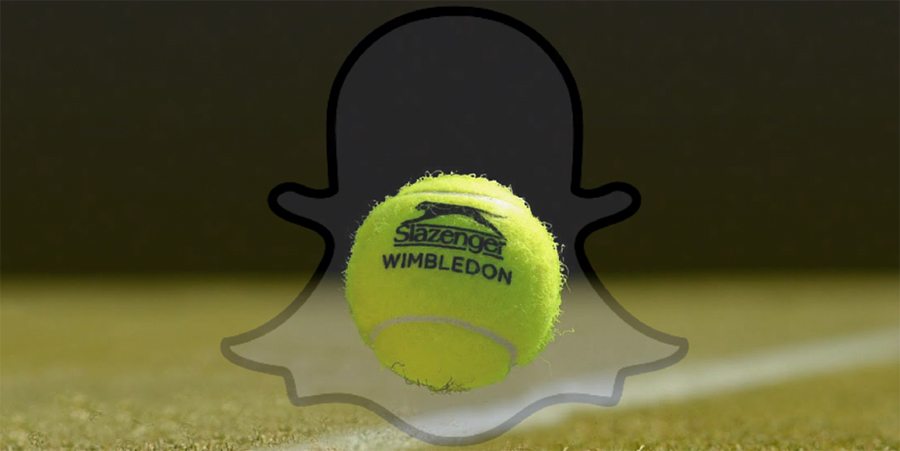
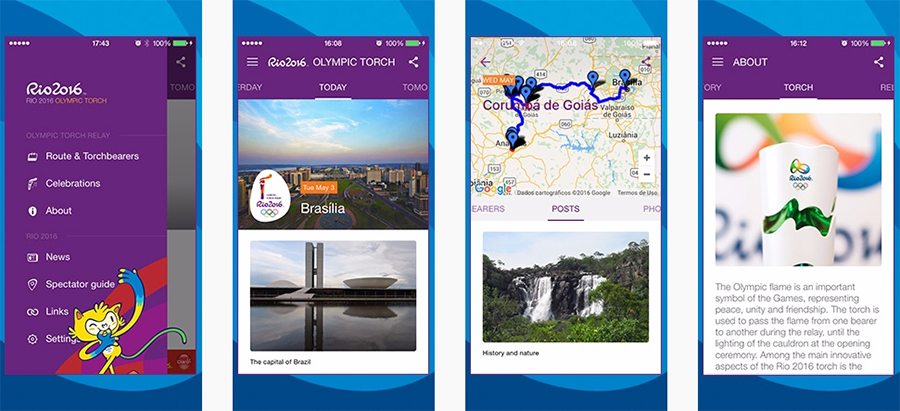
So, with the Olympics approaching, we take a look at why its shaping up to be the most digital games yet.
- In true olympic tradition, the torch started its journey towards Rio on the 21st of April and you can track and progress online, but this year, it also has its own Twitter account. The @OlympicFlame is sharing updates and snippets of content of the torch’s journey so far as well as featuring the athletes and locations its visiting over the 106-day journey.
- According to the Huffington Post, ‘Out of 3.6 billion global viewers that are expected to watch the Olympic Games on television, 3.06 billion will do so while holding a mobile device in their hands.’ To ensure the real time content from the Games is reaching these people, RIO 2016 have set up dedicated social accounts on Facebook, Twitter and Instagram to share official and ‘of the moment content’ directly from the games. Again, Snapchat and Facebook live appear to be the key social channels of choice for the big event – unsurprisingly so fans not watching can still access live action from the games itself.
- NBC will be showing events such as the opening and closing ceremonies, basketball and gymnastics in virtual reality exclusively to Samsung mobile users (that have the VR headset too, of course). Again, this offers sports fans another opportunity to interact with the games in another way.

- Previously, brands sponsoring the games took precedence over the advertising spots. This year, the IOC (International Olympic Committee) have relaxed the rules somewhat meaning that other brands now have the ability to reach the Olympics audience. Where previously athletes were not allowed to tweet about non-official sponsors, they are now allowed to mention them, opening the door for brands to reach out and create opportunities – or at least, let brand ambassadors mention them, even if they’re not an official sponsor of the games.
- Finally, the Olympics will have its own app dedicated to showing as close to live results as possible, meaning users can check in on achievements and medals throughout the games.
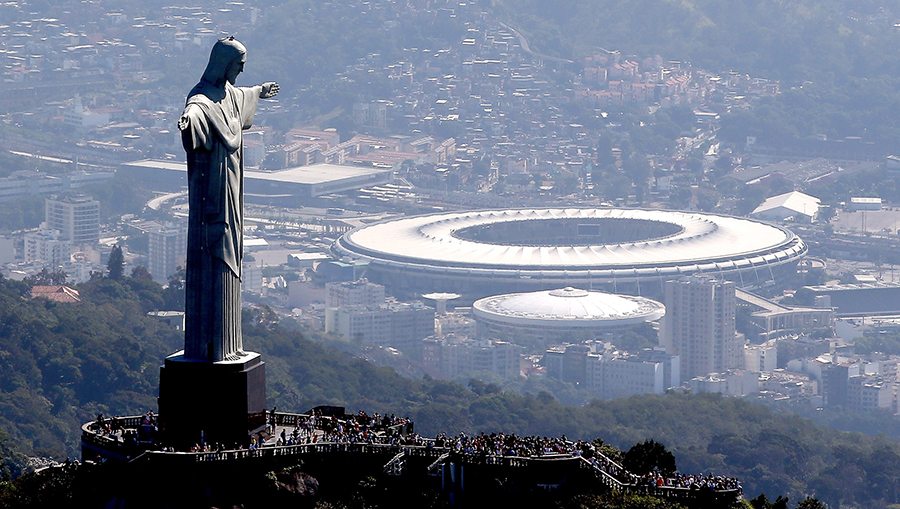
All of this points to the fact that sports fans, enthusiasts and seasonal Olympic lovers do still want to engage in live sport – they’re just seeking it in new and different ways and digital is changing to reflect and support that.

